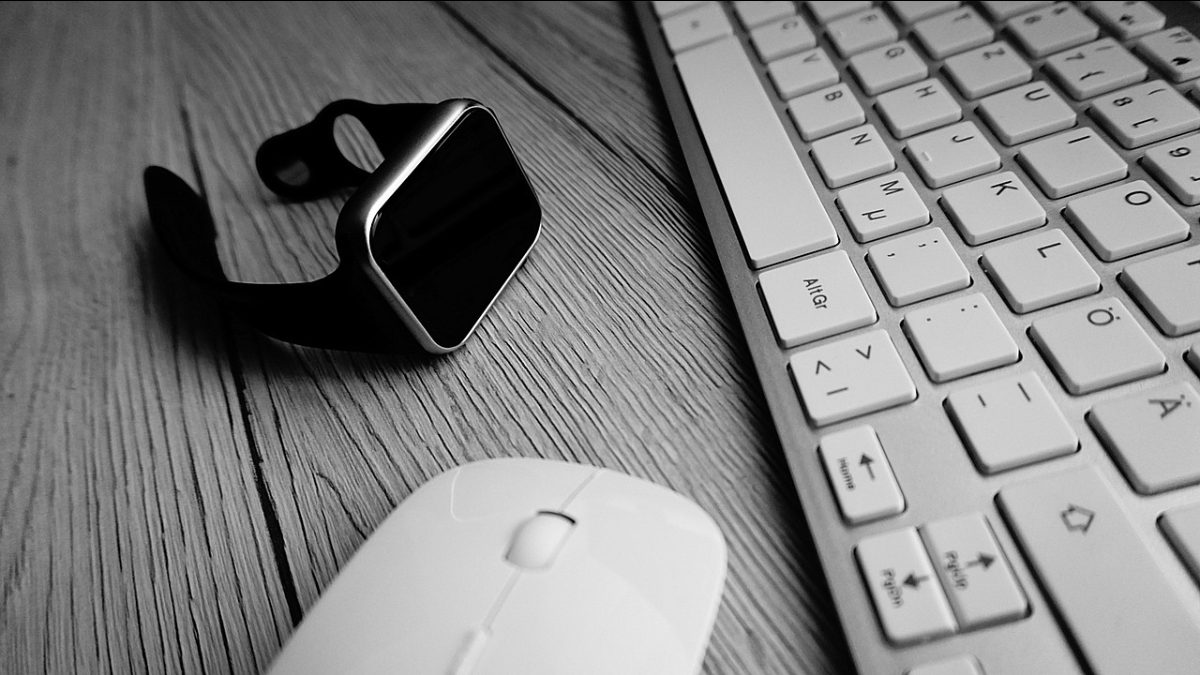Smartwatches have rapidly evolved from quirky gadgets to everyday essentials for millions of users. Whether you’re tracking your morning runs or checking notifications without reaching for your phone, these wearable devices offer unparalleled convenience. However, not all smartwatches are created equal. If you’re in the market for one, it’s essential to think critically about what you need and what features matter most.
Table of Contents
Understanding Your Needs
Before you start exploring smartwatch options, it’s important to define your primary needs. Consider how a smart watch will complement your daily routine and activities.
1. Fitness Goals
Are you someone who enjoys running, cycling, or hitting the gym? Many smartwatches are equipped with advanced fitness and health-tracking features, making them perfect for fitness enthusiasts. Look for functionalities such as:
- Step tracking
- Calorie burn monitoring
- Heart rate and blood oxygen sensors
- Sleep tracking
- GPS for outdoor activities
If fitness tracking isn’t a priority, you may not need a watch with all these advanced sensors. Simpler models that track daily steps or offer light health monitoring might suffice.
2. Communication Needs
Think about how often you’d like to rely on your smartwatch for communication:
- Do you want to be able to answer calls directly from your wrist?
- Will reading and replying to text messages on a tiny screen be useful for you?
- Do you rely heavily on app notifications like Slack or WhatsApp?
Some smartwatches excel in these communication features, while others keep things simple.
3. Your Daily Lifestyle
Your ideal smartwatch should fit seamlessly into your overall lifestyle. For instance:
- Outdoor enthusiasts may value ruggedness and water resistance.
- Frequent travelers might prioritize offline maps and global navigation.
- Professionals may seek stylish designs that transition easily from workouts to boardrooms.
Key Features to Look For
Once you’ve identified your needs, focus on specific features that make or break a smartwatch experience.
1. Display Quality
The display is your primary interface, so pay close attention to its quality:
- Type: AMOLED and OLED displays offer vibrant, crisp visuals. These are especially ideal if you want a premium look-and-feel.
- Size: Do you prefer a compact, discreet smartwatch or a larger display for easier reading?
- Always-On Display: This feature allows you to see time and notifications without tapping the screen, but it may impact battery life.
2. Battery Life
If you’re someone who forgets to charge devices frequently, battery life is especially critical. Some watches last a couple of days, while others can go weeks on a single charge. Decide whether you’re okay with charging frequently in exchange for advanced features or if you prefer longer-lasting, low-maintenance options.
- Basic models (e.g., fitness trackers): Up to 2 weeks.
- Premium smartwatches (e.g., fully-featured Android/iOS models): Usually 1–2 days.
3. Health Tracking
Health tracking is a popular reason for buying smartwatches. Beyond step counts, many models offer:
- ECG (Electrocardiogram) monitoring
- Stress tracking
- Period tracking for menstrual health
- Alerts for irregular heart rates
These features provide more than convenience; they can contribute valuable insights into your health when used consistently.
4. Connectivity Options
A good smartwatch should pair effortlessly with your life:
- Wi-Fi and Bluetooth: Standard connectivity options for syncing with your phone.
- LTE/Cellular (optional): For making calls, streaming music, or using apps without carrying your phone.
- Internal Storage: Convenient for storing apps, music, or offline maps.
Compatibility
One of the most critical factors to check is compatibility. Your smartwatch must work seamlessly with your smartphone to offer its full range of features.
- Apple Watch is limited to iPhone users and offers unmatched integration with iOS.
- Samsung Galaxy Watches work best on Android smartphones but are still compatible with iPhones (though with reduced functionality).
- Wear OS Watches by Google are widely compatible with both Android and iOS, although some features may vary.
App Ecosystems
Think about the apps you use most. Does the smartwatch’s operating system support them? For example, Apple Watch’s ecosystem comes with features like Apple Pay, while Wear OS may offer more flexibility for third-party app integrations.
Budget Considerations
Smartwatches come in various price ranges, so balancing cost with must-have features is essential:
- Entry-Level Models (<$150): Basic health tracking, limited apps, and shorter battery life.
- Mid-Tier Models ($150–$350): A better balance of features, including fitness tools, better displays, and stylish designs.
- Premium Models ($350+): Advanced fitness tech, superior build quality, LTE connectivity, and branded luxury designs.
Ask yourself how much you’re willing to spend and which features you’re willing to compromise on for the price.
Long-Term Costs
Don’t forget ongoing costs like subscription health apps, additional bands, or LTE plans linked to cellular-enabled smartwatches. These small expenses can add up over time.
Wrapping Up Your Decision
Buying a smartwatch is an exciting decision, but it pays to choose wisely by focusing on your lifestyle and how you plan to use the device. To recap, here’s what to keep in mind:
- Understand Your Needs: Define how you’ll use the smartwatch, whether it’s for fitness, communication, or convenience.
- Focus on Key Features: Prioritize display quality, battery life, and connectivity that align with your daily routine.
- Check Compatibility: Ensure your smartwatch integrates flawlessly with your smartphone and apps.
- Manage Your Budget: Balance features with cost to make an informed and realistic purchase.
The ideal smartwatch should not only look good on your wrist but also add true value to your everyday life. Whether it’s helping you stay active or keeping you on top of your notifications, a great smartwatch can enhance your day-to-day routine.

